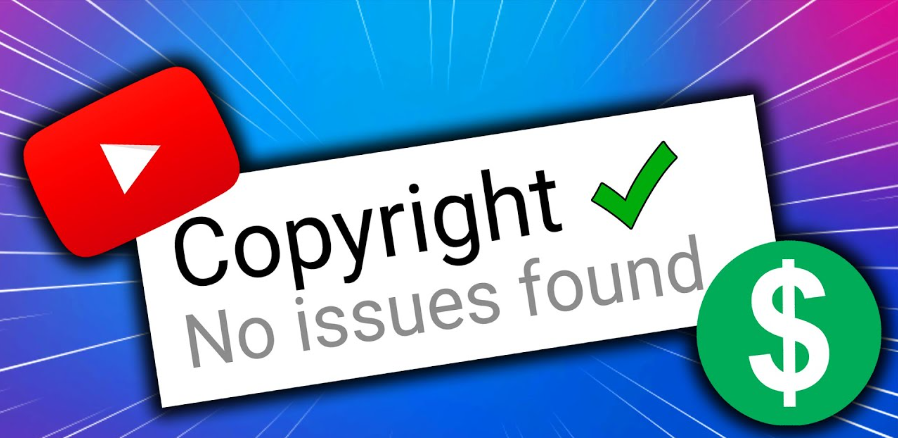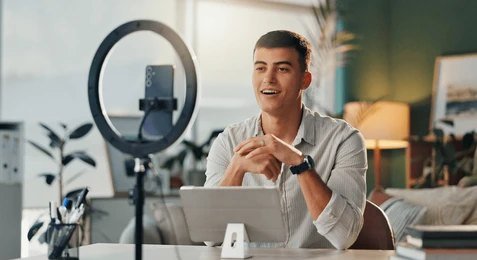Creating a successful YouTube reaction channel, especially for music, comes with its set of challenges—chief among them being copyright claims. In this guide, we break down common misconceptions, the reality of YouTube’s content ID system, and how reaction channels navigate these obstacles to sustain their channels.
Table of Contents
- Understanding YouTube’s Content ID System
- Can You Avoid Copyright Claims?
- Common Myths About Beating Copyright Detection
- Disputing Copyright Claims: A Step-by-Step Guide
- What Happens During the Dispute Process?
- Monetization Challenges for Reaction Channels
- How Reaction Channels Actually Make Money
- FAQs
1. Understanding YouTube’s Content ID System
YouTube’s Content ID is an automated system that scans uploaded videos for copyrighted material. Once detected, the rights holder can choose to:
- Monetize the video and earn ad revenue.
- Block the video worldwide or in specific countries.
- Track the video’s performance without monetization.
2. Can You Avoid Copyright Claims?

Contrary to popular belief, avoiding copyright claims entirely is nearly impossible when using copyrighted music. Reaction channels, no matter how careful, often face claims due to the advanced capabilities of YouTube’s detection algorithms.
3. Common Myths About Beating Copyright Detection
Myth #1: Pausing frequently or altering video playback prevents claims.
Reality: The algorithm still detects and flags content, even with pauses or edits.
Myth #2: Short clips under a certain length won’t trigger claims.
Reality: Even clips as short as 5-10 seconds can be identified.
4. Disputing Copyright Claims: A Step-by-Step Guide
Here’s a guide on how to dispute a copyright claim on your YouTube video:
Step 1: Go to YouTube Studio, locate the video, and click on the copyright claim notice.
Step 2: Click See details, then Select action and choose Dispute.
Step 3: Select “My dispute isn’t based on any of the reasons above,” then choose Fair Use.
Step 4: Provide your justification, stating that your video does not replace the original content and is transformative in nature (e.g., reactions, critiques).
Step 5: Agree to the terms, enter your signature, and submit.
5. What Happens During the Dispute Process?
- Escrow Period: During the dispute, any revenue generated is held in escrow.
- Outcome: If the claimant agrees, monetization rights revert to you. If denied, revenue goes to the claimant or your video may remain ineligible for monetization.
6. Monetization Challenges for Reaction Channels
Even if your video remains viewable, it may still be monetized by the rights holder. Most music reaction channels report that only a small percentage of their videos generate ad revenue due to copyright claims.
7. How Reaction Channels Actually Make Money
Monetization from YouTube ad revenue is often minimal for music reaction channels. Alternative income sources include:
- Sponsorships and Endorsements: Companies pay for product promotions.
- Merchandise Sales: Selling branded merchandise.
- Affiliate Marketing: Earning commissions from linked products/services.
FAQs
Q1: Are reaction videos considered fair use?
A1: While some reaction videos can fall under fair use, they must be transformative and not merely replaying the original content.
Q2: Can I still make money if my video has a copyright claim?
A2: If the claim allows, you may still earn revenue, but typically, the rights holder collects the earnings.
Q3: Do editing techniques like altering playback speed help avoid copyright?
A3: Not significantly. YouTube’s system is designed to detect altered audio and video formats.
Conclusion
Navigating the complex landscape of YouTube’s copyright system as a reaction channel requires patience, strategic planning, and diversifying revenue sources. Understanding how copyright claims work and how to dispute them can help you manage your channel more effectively.




